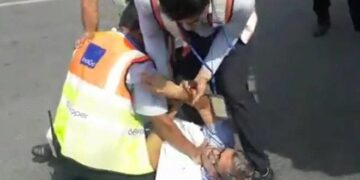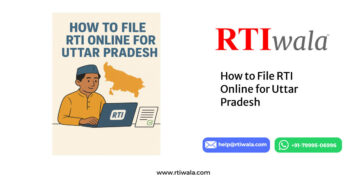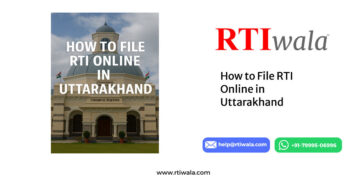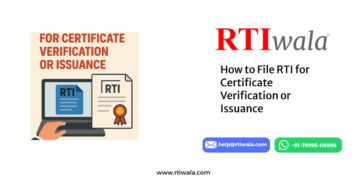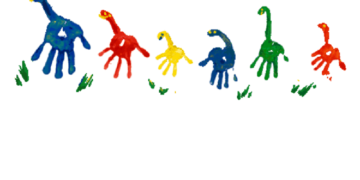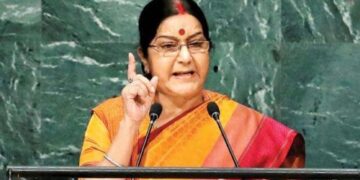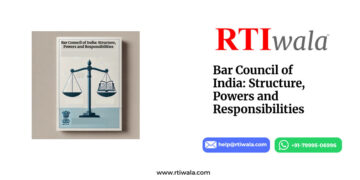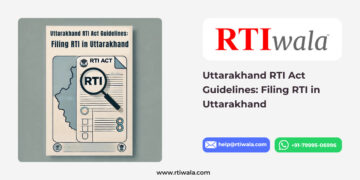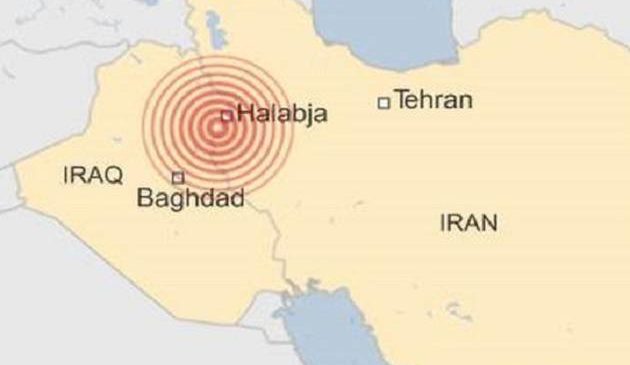RTIwala Trending: It has been reported that a 7.3-magnitude earthquake has shaken the northern border region between Iran and Iraq. The quake was centered near Ezgeleh, an Iranian town about 135 miles northeast of Baghdad. It is given a preliminary magnitude of 7.3 by the United States Geological Survey. As per the latest count, the misfortune has killed at least 207 people and injured about 2,500 in number. Approximately, 70,000 people need emergency shelter after the quake, which is one of the largest this year. Officials said that most of the people died in Iran’s western Kermanshah province.
Also Read Kulbhushan Jadhav and hope of many Indians!
At least six more were reported to have died in Iraq. People fled into the streets in the capital, Baghdad. Mosques in the capital have been broadcasting prayers through loudspeakers.
Earthquake and its impact
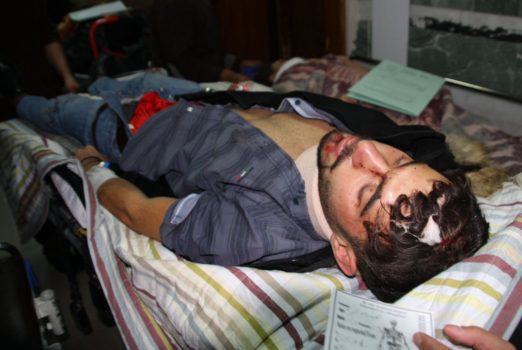
“I was sitting with my kids having dinner and suddenly the building was just dancing in the air”, a Baghdad mother-of-three, Majida Ameer. “I thought at first that it was a huge bomb. But then I heard everyone around me screaming: ‘Earthquake!'”
[amazon_link asins=’178074496X,0674088638,0375714669,1780763190′ template=’ProductCarousel’ store=’wwwrtiwalain-21′ marketplace=’IN’ link_id=’c46a8be3-c85d-11e7-b2a1-071dd3ed2aca’]
Most of the victims were in the town of Sarpol-e Zahab. It lies about 15km (10 miles) from the border. The town’s main hospital is severely damaged. It has left it struggling to treat hundreds of wounded. The quake left many buildings shattered in Sarpol-e Zahab. Some villages have suffered power cuts and their telecommunications system has also been disturbed. To add to the chaos, rescue teams have been hampered by landslides.
Also Read: #GSTOverhaul – What all you should need to know?
On the Iraqi side, the most extensive damage was in the town of Darbandikhan. It lies about 75km (47 miles) east of the city of Sulaimaniyah in the Kurdistan Region. It is the second-largest city in Iraq’s Kurdish region. The residents described feeling heavy tremors but said there was no notable building damage. Residents in the oil-rich town of Kirkuk, some 50 miles to the west, exclaimed of a similar pattern of damage. “The quake hit at 21:18 local time (18:18 GMT) about 19 miles (30km) southwest of Halabja, near the northeastern border with Iran”, the US Geological Survey (USGS) said. “It occurred at a depth of 33.9 km (21 miles), and tremors were felt in Turkey, Israel and Kuwait.”
[amazon_link asins=’178074496X,0674088638,0375714669,1780763190′ template=’ProductCarousel’ store=’wwwrtiwalain-21′ marketplace=’IN’ link_id=’c46a8be3-c85d-11e7-b2a1-071dd3ed2aca’]
The earthquake was felt as far as the Mediterranean coast of Israel. It is to be noted that Iran lies across major fault lines and is prone to frequent earthquakes. In 2003, more than 20,000 people were killed in an earthquake. An ancient citadel was destroyed in the southern city of Bam. In 2012, a double earthquake in the north of the state killed 300 people. When Iranians learned of the government’s monotonous relief efforts, some started organizing aid groups all by themselves. After that quake, the United States, which does not maintain normal diplomatic relations with Iran, sent several planeloads of aid.
Also Read: Did You Know These Facts About 7th Pay Commission?
The Aftermath of the Earthquake
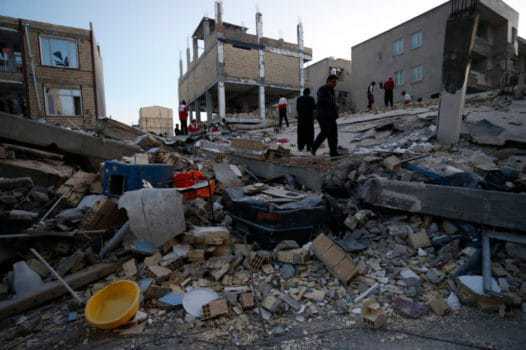
Iranians spent the night digging through debris in a hysterical search for survivors. Ayatollah Ali Khamenei, Iran’s supreme leader, delivered a message of condolence. He urged rescuers to keep searching for survivors. “The officials should hasten in these first hours with all their might and determination to help the injured, especially those trapped under the rubble,” he said.



